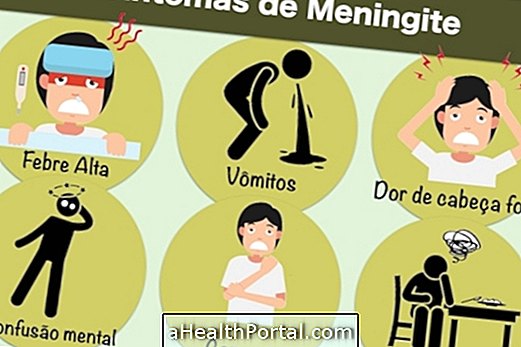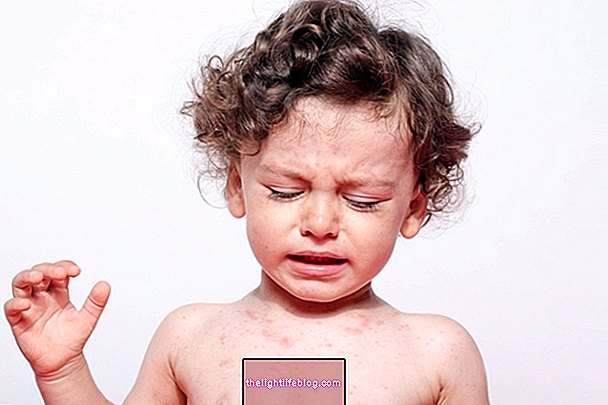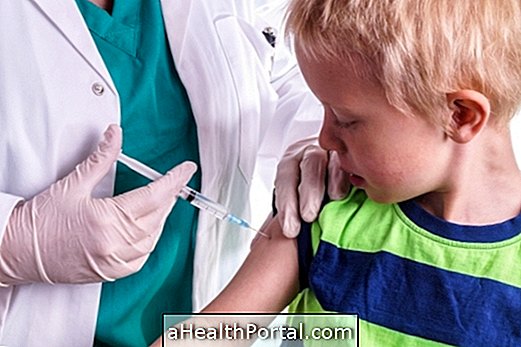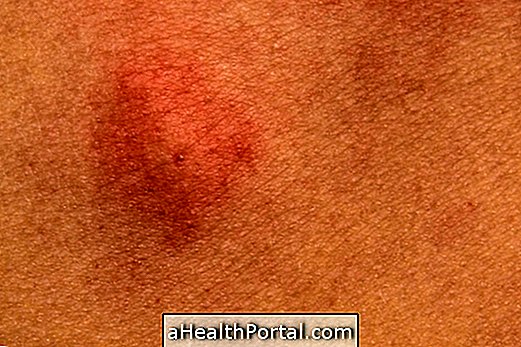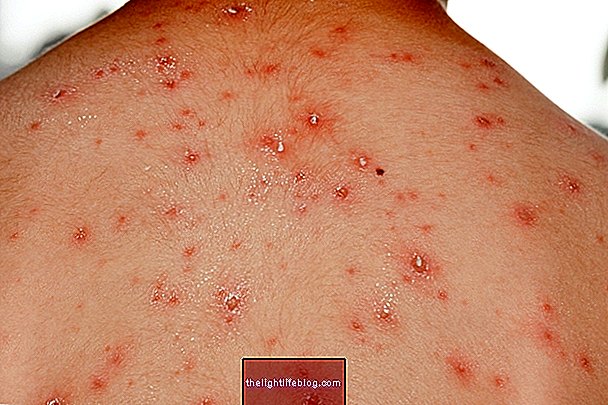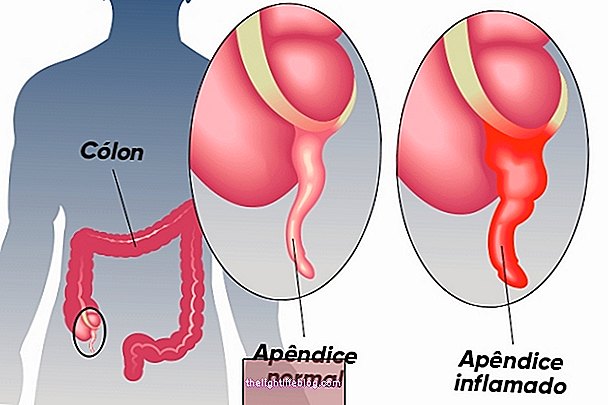Balantidiosis is an infectious disease caused by the parasite Balantidium coli, which usually inhabits the swine gut, but that by consuming water or food contaminated by pigs' feces, man can be infected.
This infection usually does not present symptoms, however, when the parasite is able to penetrate the intestinal mucosa, it can cause diarrhea, nausea, vomiting and, in more severe cases, abdominal hemorrhage, which can be fatal.
The diagnosis is made through parasitological examination, in which the person's feces are analyzed, and the treatment is done with the use of antibiotics that have activity against protozoa, such as Metronidazole and Tetracycline.

Life cycle
Balantidiosis is transmitted through the ingestion of water or foods contaminated by a Balantidium coli cyst, which are usually found in swine. Thus, close contact between pigs and humans, inadequate hygiene in pig farms and inadequate treatment of water and human waste are risk factors for infection by pigs.
The infecting form of Balantidium coli is the cyst, which is small, spherical or slightly oval and has a smooth wall. Humans usually acquire cysts through the consumption of contaminated food or water. The ingested cyst can not penetrate the intestinal mucosa, so when there is a lesion in the intestine, the entry of the parasite into the intestine can be facilitated. The cyst develops to trophozoite, which is a somewhat larger structure and made up of eyelashes, and which reproduces by binary division or by conjugation.
The trophozoites can replicate within the lesions, increasing the initial lesions and even leading to the formation of ulcers and local necrosis. The result of reproduction of the trophozoites are the cysts, which are released into the faeces.
Main symptoms
Most cases of Balantidium coli infection are asymptomatic, and people are considered reservoirs of the parasite. However, when the parasite is able to penetrate the intestinal mucosa, it can cause some symptoms, such as:
- Diarrhea or dysentery;
- Abdominal pain;
- Weight loss;
- Nausea and vomiting;
- Ulcer formation;
- Fever.
In more severe cases, Balantidium coli can compromise the intestinal mucosa and lead to perforation and bleeding of the intestine, which can be fatal. In addition, since it is capable of producing an enzyme called hyaluronidase, such a parasite may increase the initial lesion and cause local necrosis, for example.
Some factors favor the more severe form of the disease, such as alcoholism, parasite burden, nutritional status and chronic diseases.
As the symptoms of balantidiosis are similar to those of amebiasis, the diagnosis is made through laboratory tests, such as stool examination, where cysts are sought in the formed faeces, which is more rare, and trophozoites, which are usually present in diarrheal stools. See how the stool test is done.
How is the treatment done?
The treatment of balantidiosis is done with the use of antibiotics that have activity against protozoa, such as Metronidazole and Tetracycline, which should be used according to the doctor's advice. It is important to treat this parasitosis to avoid possible complications, such as dehydration and abdominal bleeding, for example, which can be fatal.
The best way to prevent balantidiosis is by improving the hygiene of people who have frequent contact with pigs, improving pig rearing conditions so that their faeces are not disseminated, and improving sanitary conditions to prevent feces of pigs reach the water supply for people's use. Check out some steps to prevent verminoses.
